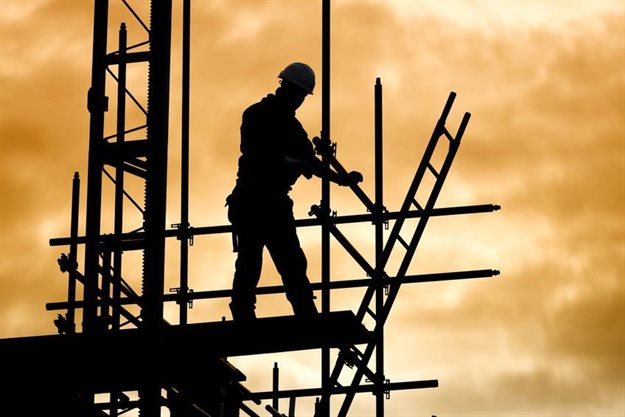
Top stories




This is obviously a huge problem. First, of course, there’s the loss of human life. But there’s an economic effect too. Accidents disrupt site activities. Projects can then run behind schedule, leading to cost overruns. This affects productivity and the industry’s reputation as a whole.
In South Africa, the construction industry accounts for around 8% of total formal employment and around 17% of total informal employment. It is also the third most dangerous sector for workers after the transportation and fishing industries.
In a recent study, I tried to find out why health and safety performance is not up to standard in South Africa’s construction industry. I looked at how contractor organisations manage health and safety. I also compared the effectiveness of different management arrangements. This is important: there’s no uniformity around health and safety management programmes and practices within the construction industry.
What emerged was that health and safety management within the construction industry has not developed at the same pace as in other industries. Additionally, it hasn’t kept up with technological advances like robotics, 3D printing and data analytics. These innovative technologies have been well adopted by the automobile and manufacturing industries – and have reduced employees’ exposure to dangerous tasks.
However, in a country beset by high unemployment and inequality, automation can be a sensitive subject.
Another problem I found is that legislation governing health and safety management in the construction industry focuses on individual projects. It doesn’t place any obligation on contractors to implement health and safety management systems, nor to maintain these competencies within their organisations in the long-term.
One of the issues I identified was how South Africa’s medium and large contractor organisations manage their own health and safety systems. In some cases, they outsource this work to health and safety management consultants who provide advisory and administrative support. But such arrangements focus on legislative compliance. They don’t do much to drive continuous improvement in the organisation’s health and safety performance.
In other instances, safety management happens internally through contractors’ own organisational structures. This approach also has many problems. Companies just don’t allocate enough resources for proactive health and safety management. Accountability mechanisms are few and far between. There aren’t many incentives for employees to get involved in health and safety management activities. Health and safety training aren’t a priority, either.
Some of the other issues I identified related to the business environment. These included the widespread practice of subcontracting and price-based competition. Both have a negative effect on the industry’s safety performance.
There are critical deficiencies in the management of subcontractors. And the absence of a uniform basis for costing health and safety when tendering for a project means that contractors often under-budget for this crucial aspect of their work.
The country also doesn’t have enough suitably qualified health and safety professionals who are registered with the South African Council for Project and Construction Management Profession. This body is statutorily mandated to regulate the practice of health and safety professionals within the construction industry. I was told by several interviewees that there just aren’t enough registered health and safety professionals for the number of ongoing construction projects.
So how can the country’s construction industry become a safer place to work in?
First, specific policies are needed that will improve health and safety leadership by top management, safety professionals and operational managers within contractor organisations. Policies like this should provide guidance on the minimal requirement for systematic health and safety management to be voluntarily adopted by contractors. The country could draw from the European Union’s framework directive on occupational health and safety.
There should also be an industry-wide framework for pricing the cost of health and safety. Employer associations such as the South African Federation of Civil Engineering Contractors and the Master Builders Association should collaborate with industry regulators and clients’ organisations to develop a framework for the just and efficient costing of health and safety management requirements in tender documents.
Subcontractor organisations should provide for the cost of health and safety management in their rates to principal contractors. They should also employ the services of a full-time health and safety management professional. Studies have found that several functions performed by such internal safety professionals promote safety culture within organisations.
Stakeholders like the Department of Labour, employer associations, labour unions, tertiary institutions and industry bodies will need to come together to address the lack of suitably qualified and registered health and safety professionals. These bodies can facilitate the necessary training and accreditation to meet the construction industry’s needs.
Organisations which regulate the construction industry and labour unions must also work to limit the number of precarious short-term employment contracts within the industry.
There’s also a lot of work to be done by principal contractors. These organisations need to introduce mechanisms that will manage their subcontractors’ health and safety more efficiently.
Such mechanisms need to do two things. First, they must satisfy legislation mandated documentation and audits. Second, they must track and demand demonstrated improvements in health and safety performance.
Contractor organisations should also have an annual budget that funds proactive health and safety management interventions.
This article is republished from The Conversation under a Creative Commons license. Read the original article.![]()

The Conversation Africa is an independent source of news and views from the academic and research community. Its aim is to promote better understanding of current affairs and complex issues, and allow for a better quality of public discourse and conversation.
Go to: https://theconversation.com/africa